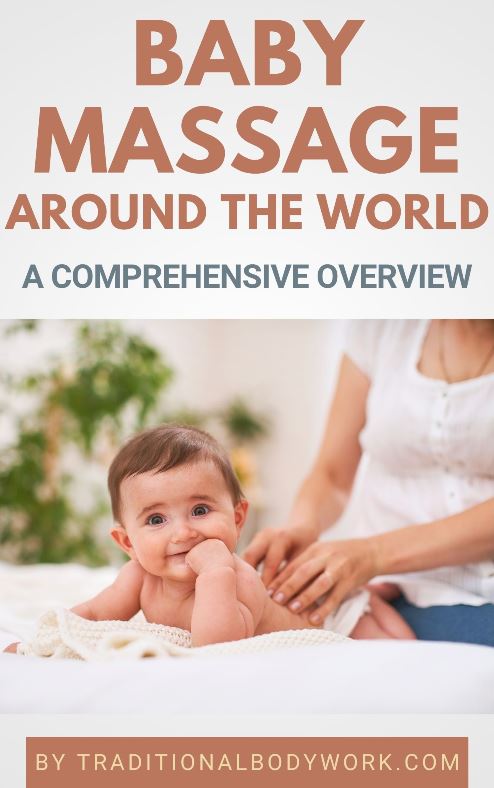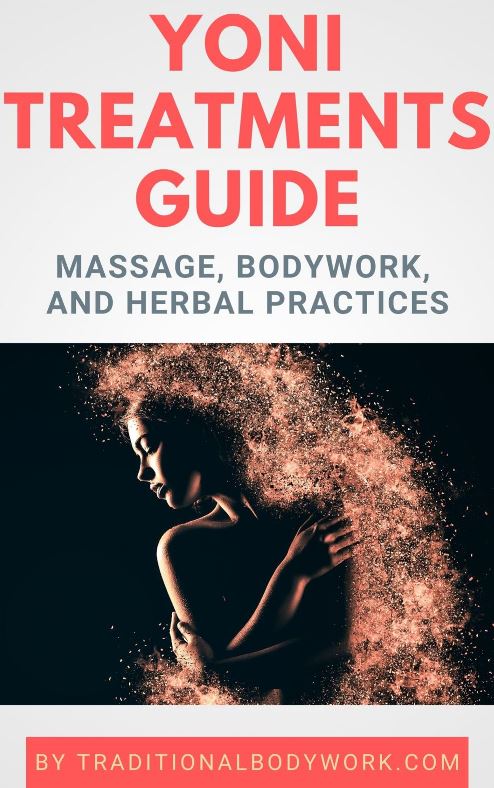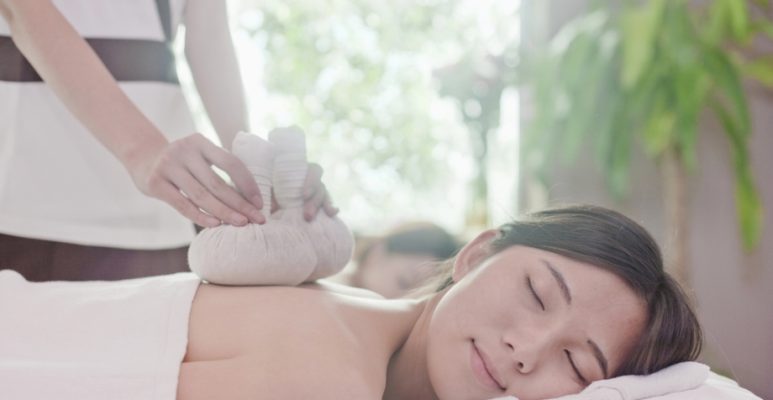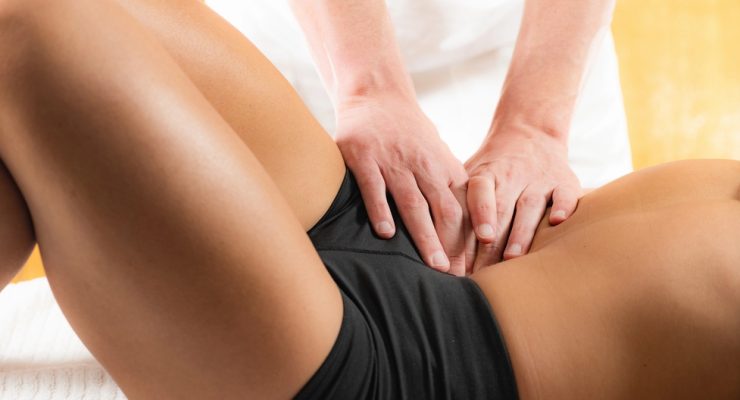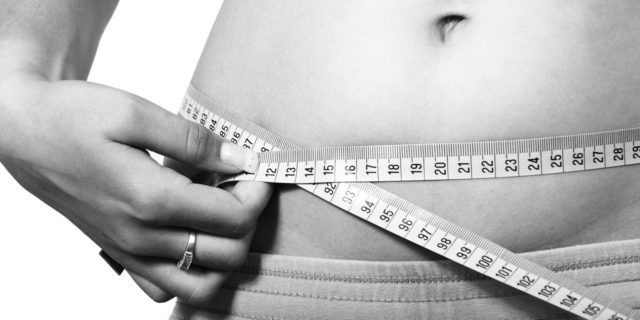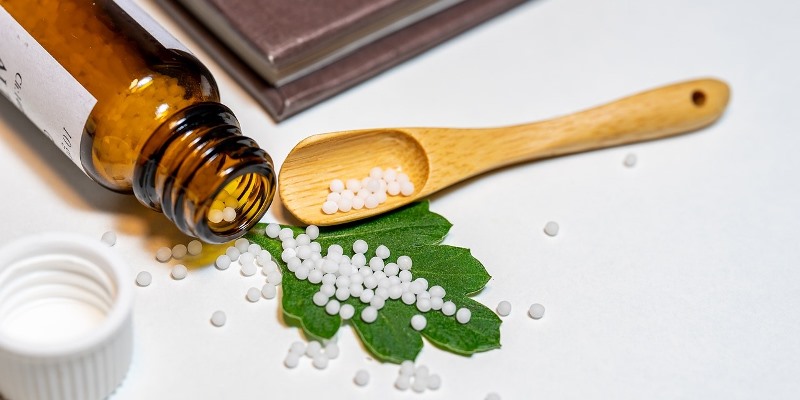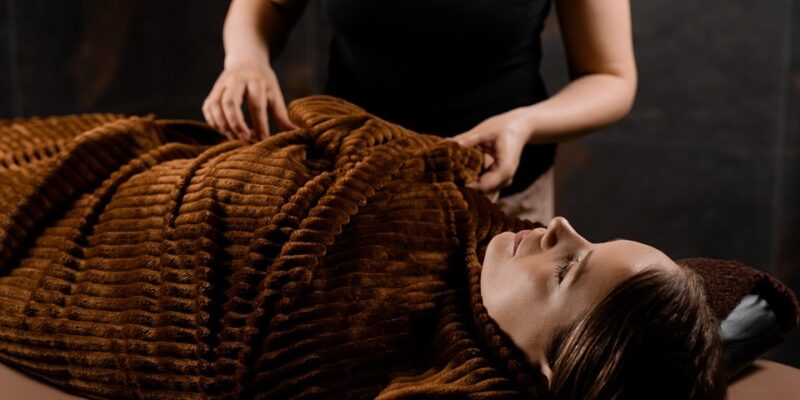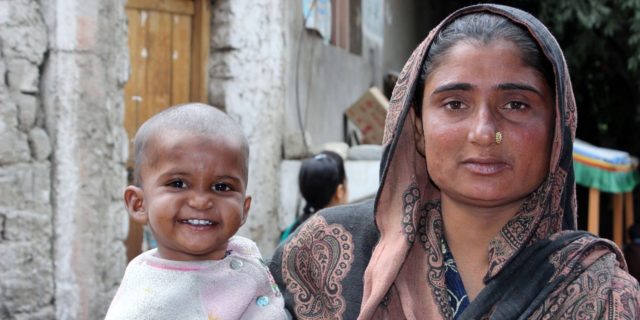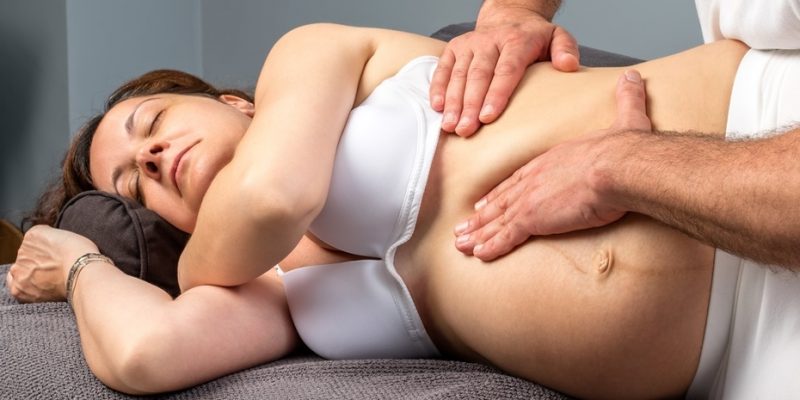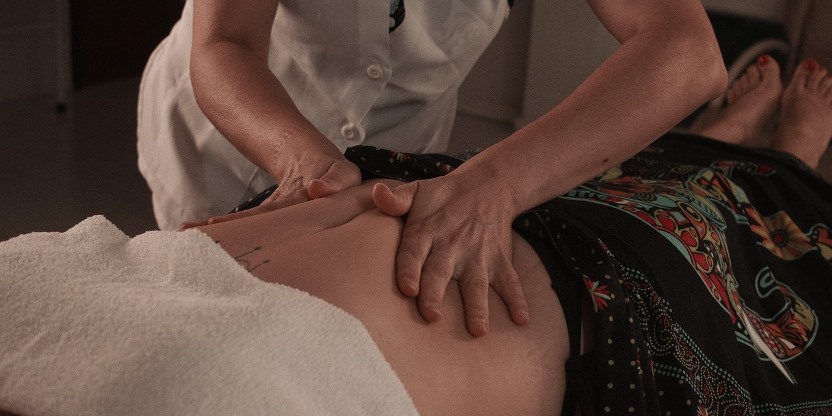
Postnatal or postpartum massages give emotional and physical relief to the new mother from the stressful period of delivery and childbirth and all the new tasks that come with taking care of the newborn. Additionally, postnatal massages can also prevent several health problems that may occur immediately or later in life, such as postpartum depression, hemorrhoids and constipation, painful intercourse, menopausal problems, or premature aging, to give some examples.
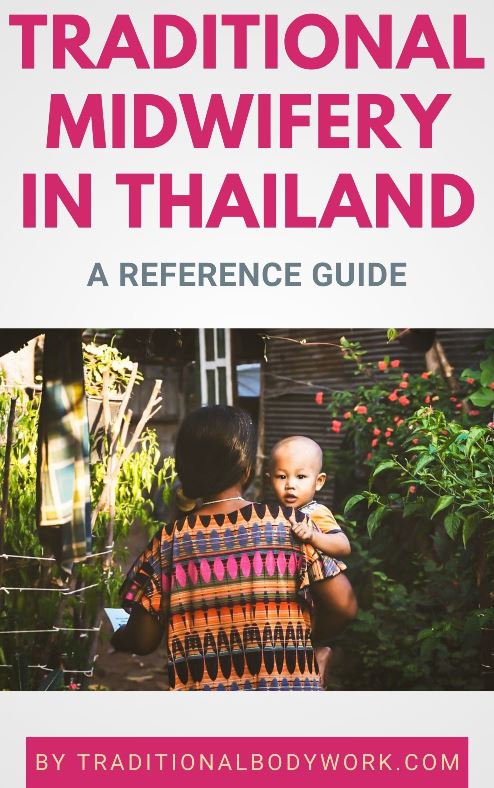
A postnatal massage is in fact a restorative massage with the goal to re-establish a normal blood circulation, expel excess fluids and reduce swelling, eliminate toxins and blood clots, stimulate lactation, alleviate lower back pains and other after-birth pains, and to help the womb (uterus) to shrink and reposition itself in its natural location.
To make a long story short, a postnatal massage supports the mother’s body and mind to recover back to the pre-pregnancy state. Typically, the main focus of postnatal massage is on treating the legs and the back, gently applying abdominal massage, and applying breast massage to support breastfeeding or to alleviate breast engorgement.
In some types of postnatal massages, only reflexology massage is applied, typically Foot Reflexology Massage, or perhaps rather a combination of a full-body massage and reflexology. Reflexology embraces the concept that certain (acupressure) points on our body (the so-called acupoints), such as points on our ears, feet and hands, are able to influence the functioning of related organs or other body parts.
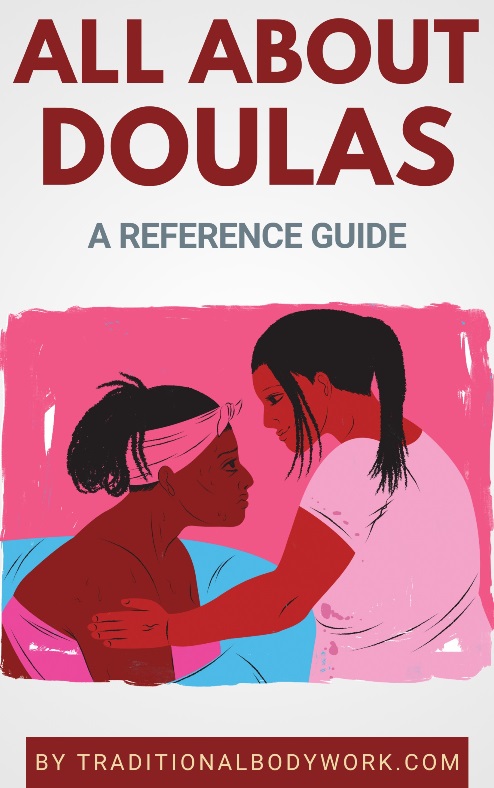
In any case, postpartum massages come in many forms. To be clear, there isn’t one type of postpartum massage. They are typically specialized forms of massage derived from another mainstream massage modalities such as Thai Massage, Ayurvedic Massage (Abhyanga), Chinese Tuina Massage, Swedish Massage, Malay-Indonesian Jamu Massage, and such.
Notably the postnatal massages of traditional Asian healing systems are part of broader postnatal practices in the confinement period, typically called heat therapies. Those practices include dietary restrictions, application of hot herbal compresses, herbal steam treatments, abdominal binding (tummy wrapping or belly binding), hot herbal baths, hot drinks, womb recovery therapies, and vaginal steaming, to name some of the most common treatments applied to aid recovery of postpartum women.

